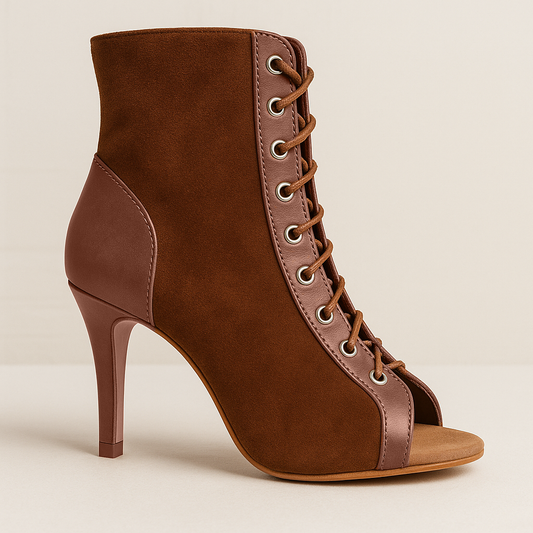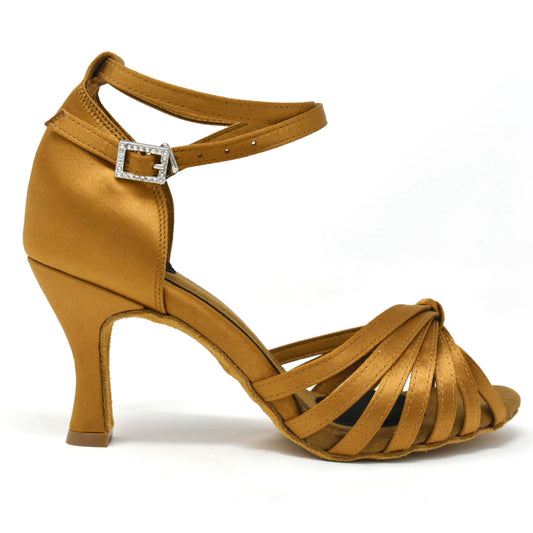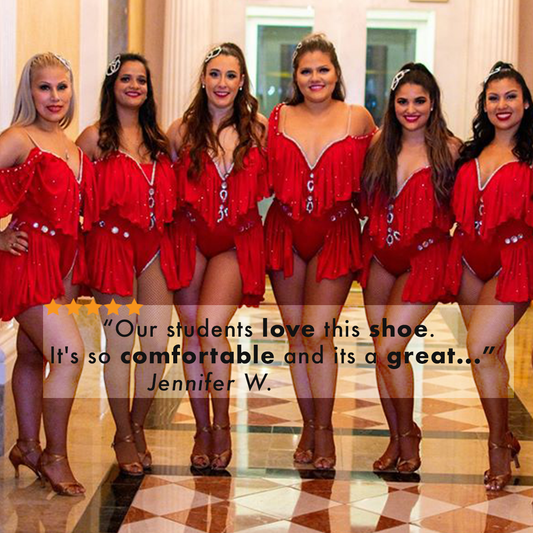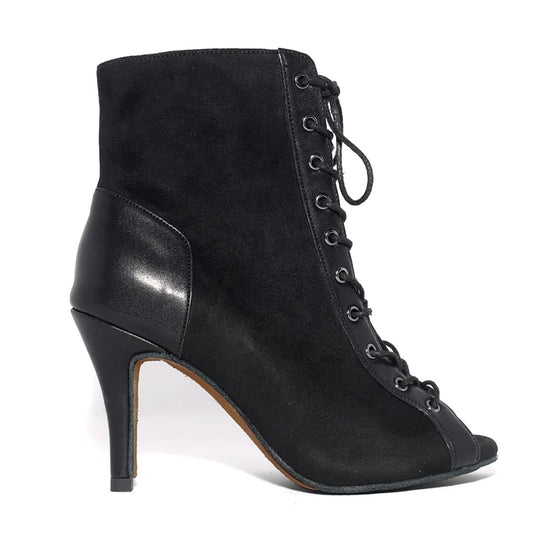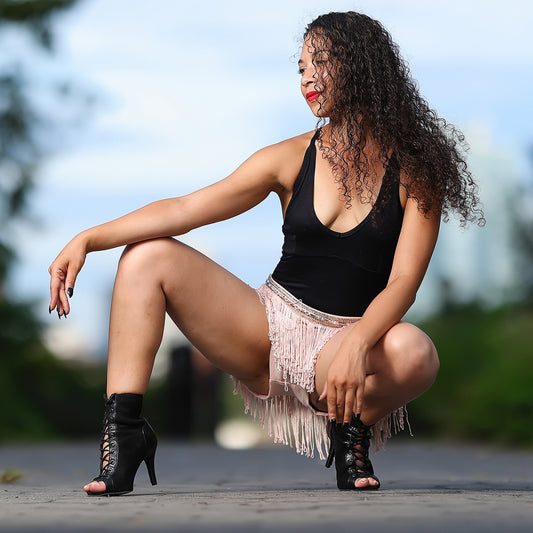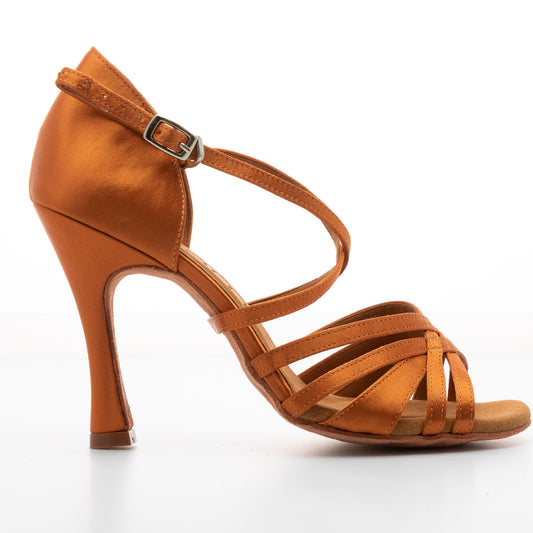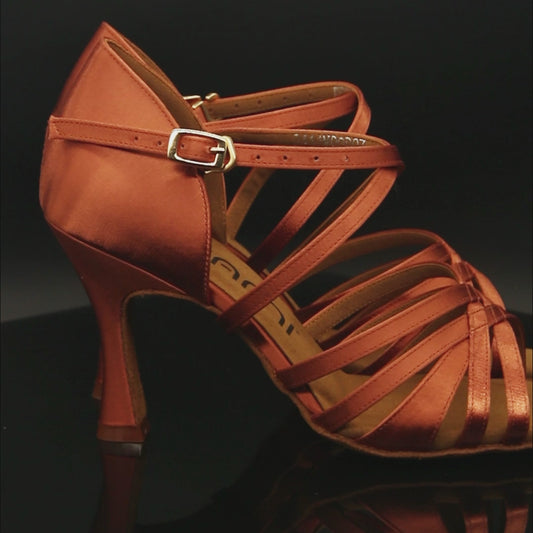
Photo Credit: Freepik
For people who've only attended a social dance event once or twice, the focus is more on dancing itself or partying than anything else. But for veteran dancers, dancing isn't just about the music, routine, or ambiance; it’s about the physicality of the activity itself.
It’s essential to be physically strong if you’re a dancer, but you gotta be flexible too. How else will you execute a perfect dip or that dizzying twirl if you’re not flexible? Your muscles should be flexible and strong to keep up with all that gliding, leaping, kicking, and turning.
Stretching is a vital part of a dancer’s fitness journey, and this goes regardless if you’re a seasoned pro or an enthusiast. So let’s dive deep into stretching, why it’s important, what benefits from it, and some tips to help you stretch those muscles to become a better social dancer:
The Importance of Stretching to Dancing
When you're dancing, you think more about the movements in time to the music and not much about using specific muscles that you don't use all the time. That's why if you're new to dancing or if you've dancing nonstop, you're starting to feel muscle soreness in various parts of the body, particularly the feet, legs, calves, and glutes.
Soothes Sore Muscles: Continuous movements cause the body to use more oxygen to break down glucose and create energy. When this happens, lactic acid starts building up in the body. As lactic acid builds within the muscles, it causes a burning sensation and soreness. Stretching helps eliminate lactic acid buildup, soothing muscle pain, and soreness.
Reduces Muscle Stiffness and Pain: Feeling a little stiff before and after dancing? Often, muscle stiffness and soreness are caused by decreased blood flow to specific muscle groups. When you’re stretching, blood flow to the sore area increases. This won’t make the pain go away, but it will reduce pain significantly and prevent injury.
Improves Posture and Form: Achieving the proper form is vital in dancing. Stretching helps improve muscle awareness, improve lines, and range of motion, which allow you to achieve the perfect form. It makes the muscles strong, limber, and lean. Stretching corrects the posture by keeping the muscles in the proper alignment. It lengthens and straightens the muscles, allowing you to execute complex dance moves with gracefulness and strength.
Alleviates Stress: Constant movements add stress to the muscles. And if you’re wearing heels, your feet must be killing you after an hour of dancing (unless you’re wearing Yami dance shoes, that is!). If you’re not adding stretching exercises to your workout regimen, you will quickly feel muscle soreness. Stretching relaxes the muscles while releasing feel-good hormones, so you feel better physically and mentally!
Muscle Groups Used in Latin Dancing
Latin dancing is a terrific workout. Social dancing activates all the major muscle groups in varying degrees of intensity depending on the dance movements. For example, bachata and kizomba are all about hip and leg action. This dance style tones the glutes, quads, and calves. It also engages the core, arms, and shoulders. All that fancy footwork makes bachata an effective cardio workout too!
On the other hand, Salsa engages the core, calves, quadriceps, hamstrings, and glutes. Although upper body muscles like the chest, arms, and shoulders are also activated, these muscles are only engaged to a less intense degree.\
By knowing which muscle groups are engaged while social dancing, you’ll know what kind of stretching exercises work best for you! As you can see, Latin dances target the lower body muscles, so stretching the hip abductors, hip adductors (groin), quadriceps, calves, the hamstring, and gluteals, as well as the abdominal and obliques (core), are essential before dancing.
Stretching Exercises for Latin Dancing
Essential Stretching for the Ballroom and Latin Dancer
5 Minute Stretching Routine
9 Exercises for Legs in Latin Dancing
Latin Dance Spine Stretches
How to Improve Your Stretching?
Make Stretching a Habit
Spend at least 15 minutes stretching every day. You don’t have to sign up for a class for stretching. Heck, you don’t even need to get up from your chair to stretch your muscles. You can perform at-home stretching exercises or even “deskercise” to warm up your muscles before or after dancing. Make stretching a part of your morning routine.
Feel the Stretch
To be effective, stretching should increase the tension within the muscles. You will feel your muscles stretch, and you need to hold the position for at least 10 seconds. If you can hold the tension longer, do it. Don’t cut the stretches short because you’d only waste time.
Stretching Before and After Dancing
People who go to the gym do stretching exercises for a few minutes for the actual workout. This is one way to prime the muscles for exercising and minimize injury. Stretching also reduces muscle soreness. The same applies to dancing, you need to do a few minutes of stretching exercises before dancing so your muscles won’t hurt too much the next day!

